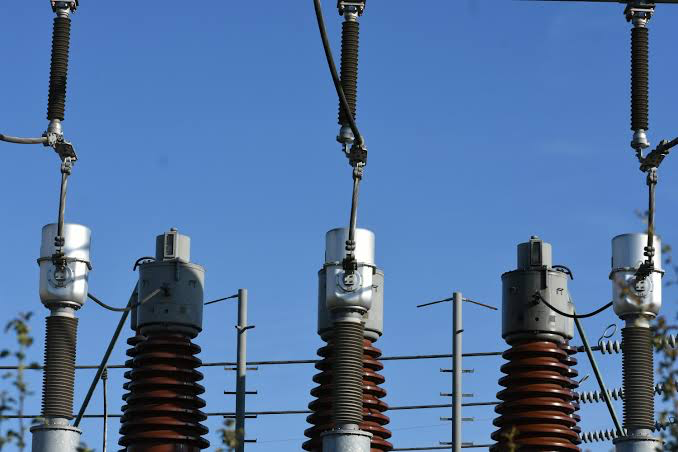Key Points
- Trump’s emergency declaration emphasizes long-distance transmission upgrades for the grid.
- The U.S. grid needs expansion to meet growing energy demand.
- Local opposition and supply shortages remain significant challenges.
Although experts caution that there are no simple solutions for one of the U.S. power grid’s most problematic areas—long-distance transmission lines—President Donald Trump stated this week that immediate action is required to address weaknesses in the system.
Trump’s emergency declaration highlights U.S. power grid vulnerabilities
Fuel shortages, increased demand, and the increasing influence of extreme weather events are just a few of the many blockers facing the grid that are detailed in Trump’s proclamation of a National Energy Emergency and a number of executive orders.
According to Spencer Pederson, a senior executive at the National Electrical Manufacturers Association, “there is clearly a recognition of the need to increase energy production broadly in the United States and do it with whatever resources necessary.” Trump’s actions might be somewhat beneficial. The actions “could improve the speed of transmission infrastructure permitting and environmental reviews,” according to a report released this week by investment bank Morgan Stanley.
Grid expansion essential for renewable energy and EV growth
But there are still difficulties. Pederson cited the ongoing reorientation of the U.S. grid’s overseas supply chain away from China, which started during Trump’s first term, as well as a lack of massive electrical transformers and specialized labor.
Opposition at the state and local levels is still a significant obstacle. Concerns about aesthetics and environmental effects frequently lead to opposition to large transmission projects that cover several states. Local and regional regulators have significant political incentives to keep costs low for customers, which often delays infrastructure expenditure, according to Kent Chandler, a Yale Law School lecturer and former chair of Kentucky’s Public Service Commission.
Expanding the grid is becoming increasingly necessary. Utility executives and regulators claim that the adoption of electric vehicles, more manufacturing, and data centers for cryptocurrencies and artificial intelligence have driven power demand to all-time highs.
Larry Gasteiger, executive director of WIRES, a trade group that represents transmission businesses, “Trump’s message is very clear: it’s time to really put a heavier foot on the gas pedal and get things moving.”
According to Reuters, renewable energy projects like wind and solar farms, which frequently experience delays because of restricted grid access, would also benefit from increased grid capacity in addition to fossil fuel facilities.
One of the directives of Trump’s “Unleashing American Energy” executive order that calls for recommendations to Congress on enhancing interstate energy infrastructure was brought to light by Christina Hayes, executive director of Americans for a Clean Energy Grid.



